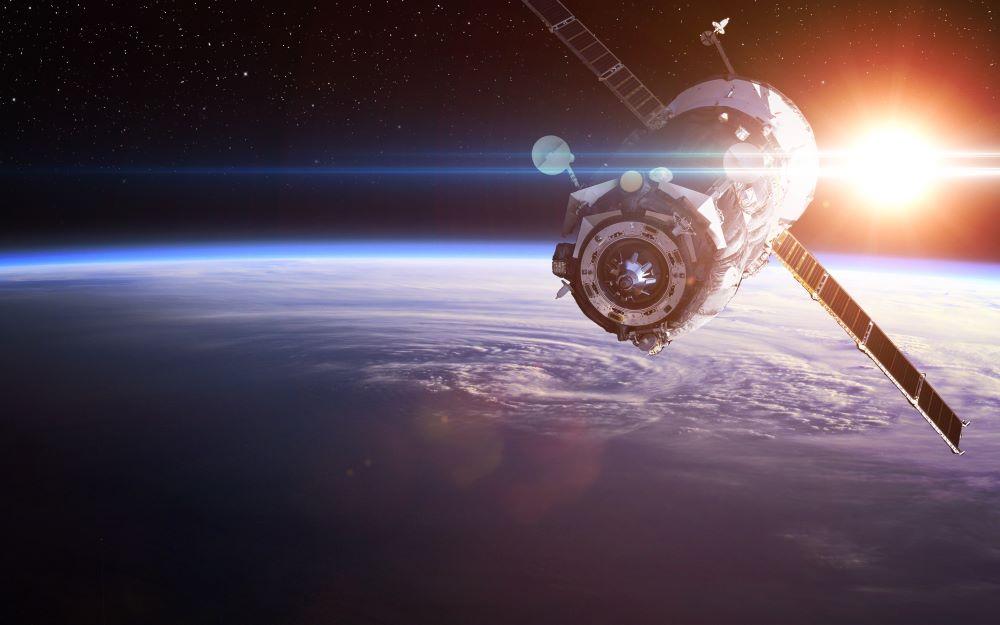The European Space Agency (ESA) has recently launched the Euclid Space Telescope, a specially designed instrument aimed at revolutionizing our understanding of the universe. This state-of-the-art telescope will enable scientists to create a detailed three-dimensional map of billions of galaxies spread across a vast area of 10 billion light-years. With its advanced capabilities, the Euclid Telescope is expected to shed light on the mysteries of dark matter, dark energy, and the expansion of the universe. Moreover, it will also contribute to various fields such as human resources, global health, climate change, and oceans.
Unraveling the Mysteries of the Universe
The primary objective of the Euclid Space Telescope is to construct the most accurate three-dimensional map of the universe to date. Over its projected six-year mission, it will observe billions of galaxies spanning an immense area of 10 billion light-years. By precisely measuring their positions, distances, and shapes, scientists aim to unravel the secrets behind the expansion of the universe and gain valuable insights into its evolution.
Exploring Dark Matter and Dark Energy
Dark matter and dark energy account for the vast majority of the universe’s mass and energy, yet their nature remains elusive. Euclid’s observations will provide crucial data for understanding these enigmatic phenomena. By studying the gravitational effects of dark matter on light and mapping its distribution throughout the cosmos, scientists hope to uncover its composition and role in the formation of structures in the universe. Additionally, Euclid will investigate dark energy, the force driving the accelerated expansion of the universe, by observing the growth of large-scale cosmic structures over time.
Installation at Lagrange 2 Point
To achieve its ambitious goals, the Euclid Telescope will be positioned at a distance of approximately 1.5 million kilometers from Earth, stationed at the second Lagrange Point (L2). This location offers several advantages, including an unobstructed view of the cosmos and minimal interference from Earth’s atmosphere. By being situated at L2, the telescope will also be able to observe elusive cosmic phenomena that are challenging to detect from the Earth’s surface.
Euclid’s Instrumentation and Capabilities
The Euclid Space Telescope is equipped with advanced instruments to capture and analyze light in the near-infrared spectrum. It features a 1.2-meter diameter principal mirror, a near-infrared spectrometer, and a photometer, allowing for precise imaging, spectroscopy, and photometry of celestial objects. The telescope’s sunshield acts as protection against solar radiation and maintains a stable temperature, ensuring accurate measurements of faint signals from distant galaxies.
Key takeaways for competitive examinations
- Director General of The European Space Agency: Josef Aschbacher
- Headquarters of European Space Agency: Paris, France



 Paris Olympics 2024 Medal Tally, India M...
Paris Olympics 2024 Medal Tally, India M...
 Which District of Madhya Pradesh is Famo...
Which District of Madhya Pradesh is Famo...
 EC Signs Electoral Cooperation Pact with...
EC Signs Electoral Cooperation Pact with...

